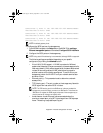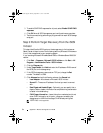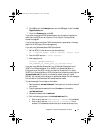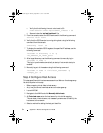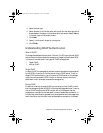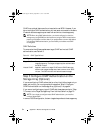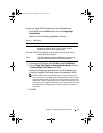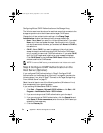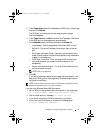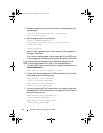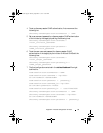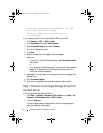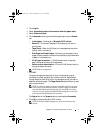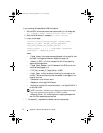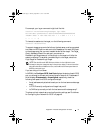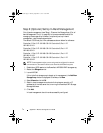
Appendix—Manual Configuration of iSCSI 67
5
Under
Target Portals
, select the IP address of the iSCSI port on the storage
array and click
Remove
.
The iSCSI port you configured on the storage array during target
discovery disappears.
6
Under
Target Portals
, click
Add
and re-enter the IP address or DNS name
of the iSCSI port on the storage array (removed above).
7
Click
Advanced
and set the following values on the
General
tab:
• Local Adapter—Should always be set to Microsoft iSCSI Initiator.
• Source IP—The source IP address of the host you want to connect
with.
• Data Digest and Header Digest—Optionally, you can specify that a
digest of data or header information be compiled during transmission
to assist in troubleshooting.
• CHAP logon information—Enter the target CHAP authentication
user name and secret you entered (for the host server) on the
storage array.
• Perform mutual authentication—If mutual CHAP authentication is
configured, select this option.
NOTE: IPSec is not supported.
8
Click
OK
.
If you require a discovery session failover, repeat step 5 and step 6 (in this
step) for all iSCSI ports on the storage array. Otherwise, single-host port
configuration is sufficient.
NOTE: If the connection fails, ensure that all IP addresses are entered correctly.
Mistyped IP addresses result in connection problems.
If you are using Windows Server 2008 Core version:
1
Set the iSCSI initiator services to start automatically (if not already set):
sc \\<server_name> config msiscsi start= auto
2
Start the iSCSI service (if necessary):
sc start msiscsi
3
If you are not using mutual CHAP authentication, go to step 5.
4
Enter the mutual CHAP secret you entered for the storage array:
iscsicli CHAPSecret <secret>
book.book Page 67 Sunday, September 11, 2011 10:24 PM



